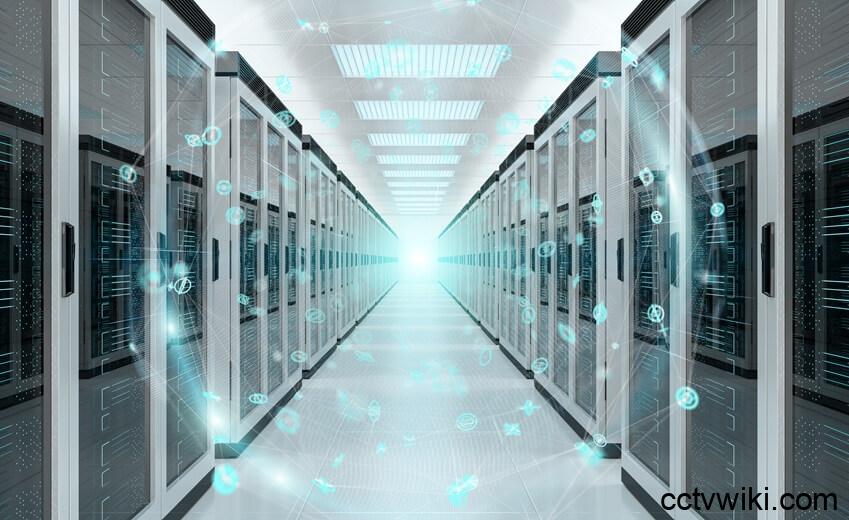The digital infrastructure sector is bracing for a period of unprecedented growth. As the demand for electronic services surges, experts predict a doubling within the next decade. To keep pace, the global data center industry is projected to potentially triple in size over the same period. While this expansion is largely driven by the electronic services we use daily, a significant portion stems from the burgeoning world of artificial intelligence.
In recent years, AI has undergone a dramatic transformation. Generative AI, with its ability to create text, images, and even videos, has captured headlines and quickly found its way into mainstream tools. However, predictive AI, designed to analyze and interpret data rather than generate it, has received less public attention. Yet, its potential to extract valuable insights from audio, visuals, and particularly video, far surpassing human capabilities, is immense.
Uniting video data and AI
AI is not only a growth driver but also a growth enabler. As data centers expand, become more complex, and spread globally to meet demand, AI will be crucial in simplifying both local and remote management of these sites. With power consumption expected to increase – generative AI alone is predicted to require an additional 38GW by 2028 – AI can identify new efficiencies and uncover sources of waste. Furthermore, as data centers become increasingly critical entities, AI will bolster their essential security and safety functions.
Video data has emerged as a rich resource for AI analysis. Cameras, potentially the most powerful sensors a business can employ, generate millions of data points every second. Each pixel can be isolated and analyzed, allowing a single camera view to be divided into numerous points of interest, enabling it to perform multiple tasks simultaneously. Object-based analytics can detect, track, and classify items within a scene, triggering automated processes based on predefined rules. Cameras are versatile, and their applications are virtually limitless.
Existing technology, new opportunities
If a camera can see it, AI can act on it. Through deep learning, custom reactive applications can be developed to offer novel solutions to existing problems or identify emerging issues before they escalate. Despite the heavy AI workloads associated with the rapid growth of data centers, properly trained AI models allow these analytics applications to run directly on the network edge, within the camera hardware itself.
This means a camera already in place for security purposes can enhance its capabilities by using AI analytics to identify unauthorized personnel in sensitive areas and automatically trigger alarms. It can also detect and alert operators to suspicious activities like loitering or break-ins. Moreover, the same camera could integrate with access control systems to detect tailgating or work with thermal cameras to provide operators with a live view of hot spots and automatically trigger additional cooling.
Creative possibilities for fresh innovation
AI’s creative potential enables analytics applications to be tailored to the unique needs of the data center environment. For example, object detection can be fine-tuned to identify prohibited items like water bottles. Cameras can be configured to detect visual or audible signs of server failure or degradation. Analytics can be trained to monitor for environmental hazards like leaks and ensure adequate maintenance to prolong equipment life.
As data center customer numbers grow, video analytics can provide co-locating clients with visual verification of the status of their physical servers or optimize energy use through automated lighting and cooling systems based on detected occupancy. Even disaster recovery can benefit from AI analytics – a camera detecting smoke could automatically trigger loudspeaker alerts, while cameras, intercoms, and readers catalog the precise numbers and location of personnel to streamline evacuation procedures.
Supporting the future of data centers
Data centers are the foundation of tomorrow’s technology, but the rapid expansion of digital infrastructure will not be without its challenges. Operators need every advantage they can get, whether it’s saving money, conserving energy, or simply running facilities as cleanly, efficiently, and safely as possible. AI analytics offer all of these benefits and more, as an extension of hardware already required for security functions.
As the world becomes smarter, so must digital infrastructure. Planning new locations or upgrades around leveraging the benefits of AI is the key to a smarter, safer world for operators, their customers, and, most importantly, their data.

